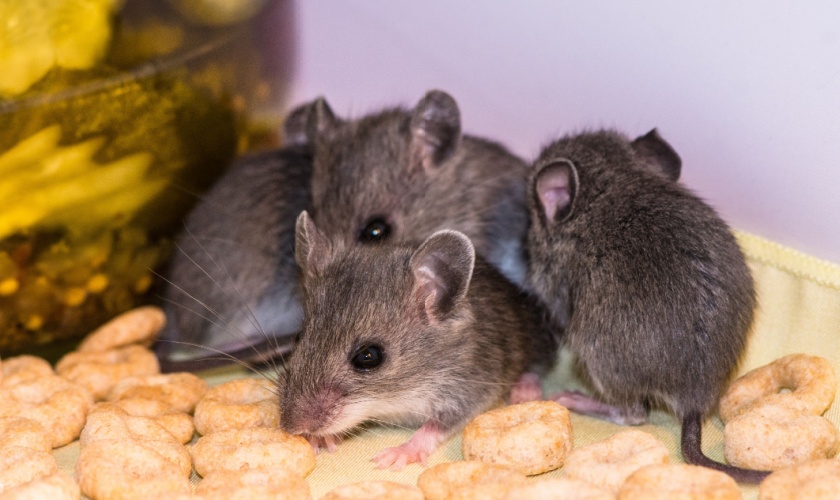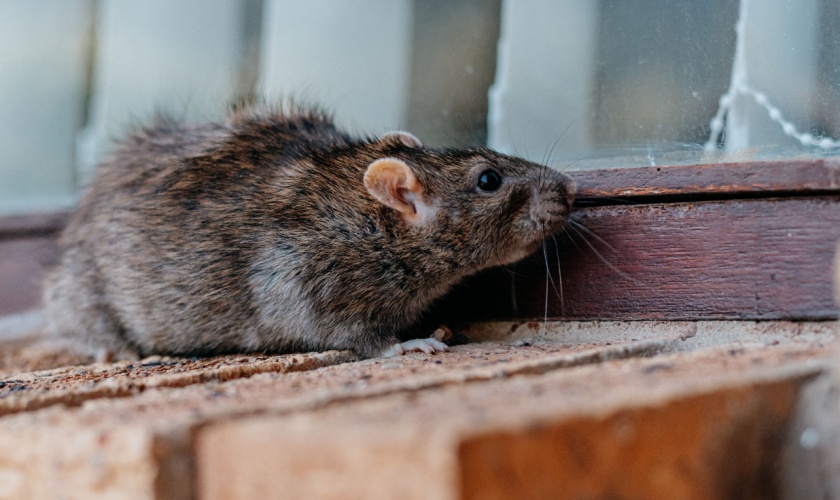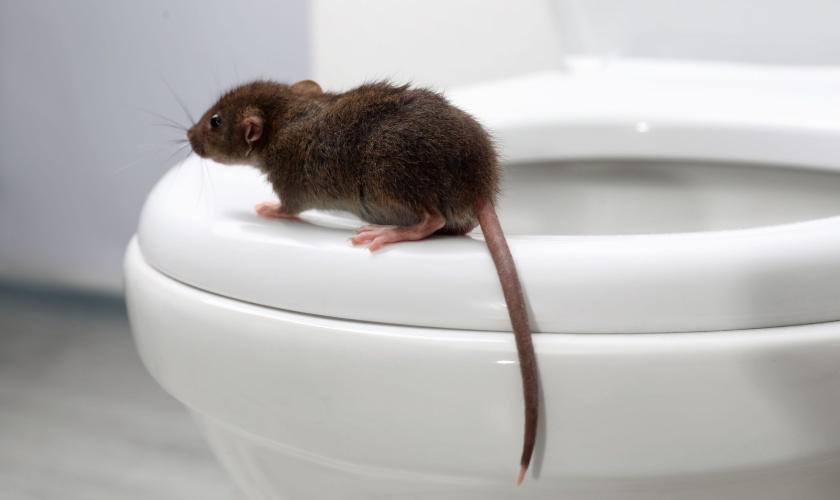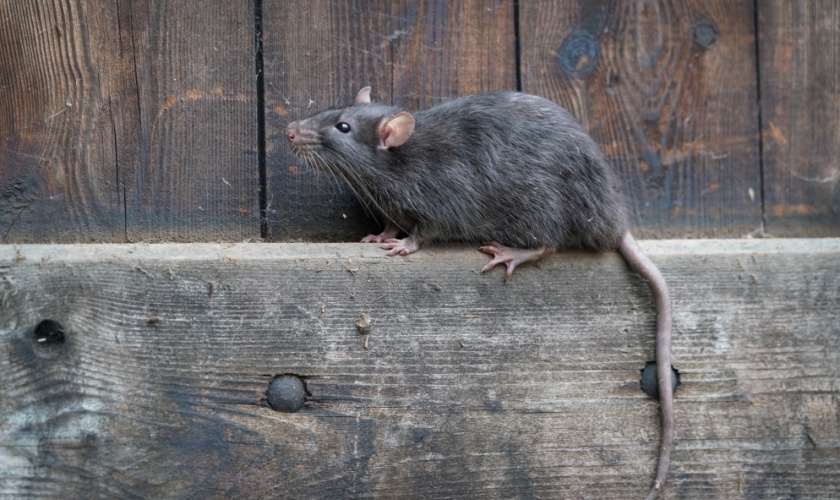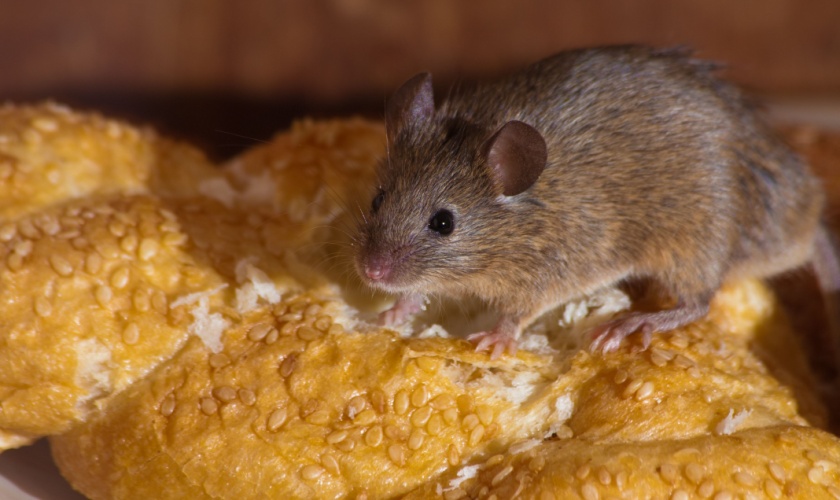Mice are among the most common household pests, and they can invade homes in search of food, shelter, and warmth. While these tiny rodents might seem harmless at first, they can cause significant damage to your property, contaminate food, and pose health risks. The tricky part about mice is that they’re often hard to spot, as they tend to be nocturnal and hide during the day. So, how do you know if you have mice in your home?
In this blog, we’ll walk you through the most common signs of a mouse infestation, what to look for, and what steps to take if you suspect mice have taken up residence in your home.
1. Droppings
One of the most obvious signs of mice in your home is the presence of droppings. Mouse droppings are small, dark, and pellet-shaped, typically measuring about 1/8 to 1/4 inch long. You’ll likely find these droppings in areas where mice are active, such as:
- In cabinets and pantries
- Under sinks
- Behind appliances like the refrigerator or stove
- Along baseboards or in corners
- In drawers or storage areas
Fresh droppings are dark and moist, while older droppings become dry and gray. The presence of fresh droppings indicates active mice in your home.
2. Gnaw Marks
Mice have sharp teeth that grow continuously throughout their lives, so they need to gnaw on things to keep them from getting too long. As a result, gnaw marks are a common sign of a mouse infestation. Mice will chew on a variety of materials, including:
- Food packaging: Cardboard boxes, plastic bags, and even aluminum foil can show signs of gnawing.
- Wires: Mice often chew on electrical wires, which can create a fire hazard.
- Wood: Look for gnaw marks on wooden furniture, baseboards, or door frames.
- Insulation: Mice can chew through insulation in walls and attics, causing structural damage.
Gnaw marks from mice are small, about 1/8 inch in width, and often appear rough around the edges.
3. Nesting Materials
Mice build nests using soft, shredded materials such as paper, fabric, insulation, or even dried plants. They often build their nests in hidden areas like wall cavities, attics, basements, or behind appliances. If you come across a pile of shredded materials, it could be a mouse nest.
You might also find nesting materials in secluded areas like closets, storage boxes, or even inside furniture. Mice use these nests to breed and raise their young, so if you find one, it’s a sign that you may have a larger infestation.
4. Strange Noises
Mice are most active at night, so if you’re hearing unusual noises when the house is quiet, it could be a sign of mouse activity. Common sounds include:
- Scratching or Scurrying: You might hear scratching sounds in the walls, ceiling, or under the floor as mice move around searching for food and shelter.
- Squeaking: While mice are relatively quiet, you may occasionally hear high-pitched squeaks, especially if there are multiple mice in close proximity.
These noises are often most noticeable in quiet areas of the house, such as bedrooms or attics, and are more likely to be heard at night when the mice are foraging.
5. Foul Odors
If you have a significant mouse infestation, you may start to notice a foul, musky odor. This smell comes from the accumulation of droppings, urine, and nesting materials. Mice also tend to follow the same paths when they move around your home, marking their trails with urine to communicate with other mice. The stronger the odor, the closer you may be to a nest or an area of high activity.
In addition to the unpleasant smell, mouse urine can also pose health risks, as it can carry diseases such as hantavirus. If you detect a persistent, musty smell in your home, especially in areas like the kitchen, pantry, or basement, it’s time to investigate further.
6. Tracks and Smudge Marks
Mice tend to travel along the same routes repeatedly, creating telltale signs such as tracks or smudge marks. You can sometimes spot mouse tracks in dusty areas, such as along baseboards or in rarely used corners of your home.
- Footprints and Tail Marks: In dusty areas, you may see tiny footprints or the drag marks of a mouse’s tail.
- Smudge Marks: As mice move through your home, the oils from their fur can leave dark, greasy marks along walls, baseboards, and furniture. These smudge marks are a sign of frequent mouse activity in specific areas.
If you suspect mice but aren’t sure, try placing a thin layer of flour or talcum powder on the floor in an area where you suspect activity. Check the area the next morning for footprints or tail marks.
7. Pets Acting Strange
Pets like cats and dogs have sharp senses and may detect the presence of mice before you do. If your pet is suddenly focused on a specific area of the house, such as a kitchen cabinet or an area under the furniture, it might be because they sense mice.
Cats, in particular, may show increased interest in areas where they can hear or smell rodent activity. If your normally calm pet starts behaving anxiously or seems fixated on certain parts of the house, it’s worth checking for other signs of mice.
8. Increased Activity in Cooler Months
Mice are most likely to invade homes during the cooler months, typically in the fall and winter. As temperatures drop, mice seek warmth and shelter indoors. This is why you might notice an increase in mouse activity as the seasons change.
If you haven’t seen any signs of mice during the warmer months but start noticing activity in the fall or winter, it’s a good indication that mice have moved inside to escape the cold.
Mice are small and sneaky, but they leave plenty of signs behind when they invade your home. From droppings and gnaw marks to strange noises and foul odors, being able to recognize these signs early is the key to stopping an infestation before it gets out of hand. If you’ve spotted any signs of mice, don’t wait—take action to seal entry points, eliminate food sources, and set traps. For larger infestations, calling a professional rodent control expert is the best way to ensure your home stays mouse-free.
